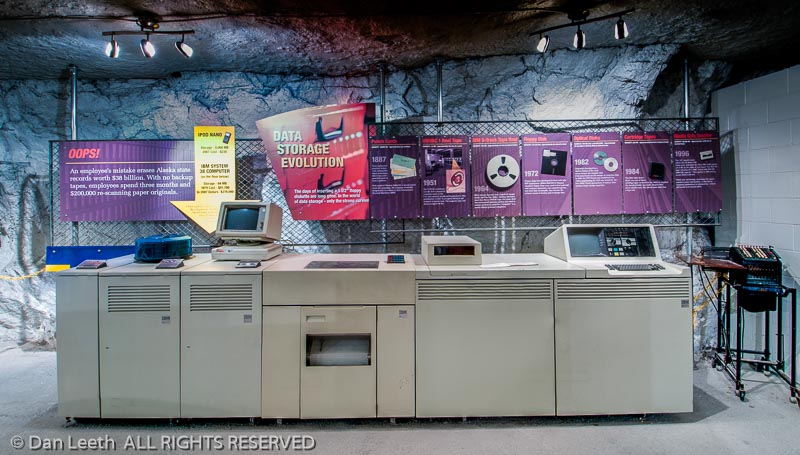
After Caribou-Munroe Provincial Park in Nova Scotia, it was off to New Brunswick for a three-night stay at Fundy National Park. The park sits along the shores of the famous bay known for its lofty tides. Activities here vary by whether the tide is in or out.
On our first day, we drove to Hopewell Rocks, a provincial enclave up the coast where 30-foot tides are the norm. Along with a hoard of others, we took a short walk out to the flowerpot rocks. This group of vegetation-topped pillars rise beside the coast. At high water, they’re small rocky islands. At low water, visitors like us can walk the ocean floor around them. We hit it at low tide, so we got to “walk the ocean floor.”
Heading back to camp, we drove along the coast, stopping to photograph a covered bridge and small lighthouse. The Nissan’s windshield wipers happily enjoyed an entire day of rest.
The next morning, we drove into the little town of Alma, which sits just beyond the park’s boundary. Dianne said she wanted to do a little souvenir shopping before we returned to the United States in a few days. While she did buy a souvenir or two, she clearly had an ulterior motive.
Our next-door neighbors at the campground told Dianne that they had made a special trip back to Fundy just so they could have another meal at the Alma Lobster Shop, a combination seafood market and restaurant. They thought it was that good.

“Let’s just take a look,” Dianne suggested as we walked through town at lunchtime.
Within minutes, Dianne was sitting on their outside dining deck with a dead crustacean in front of her. Fortunately for those of us who don’t want to crack shells to get our food, the Lobster Shop offers pretty good fish ’n’ chips.
After lunch, we drove the park’s coastal road, photographed yet another covered bridge, hiked past a waterfall and down to a rocky bay where the remains of pillars from a long lost pier stick up from the rocky seabed when the tide is out. Then it was back to camp.
“No, Dianne, we’re not going back to the Lobster Shop for dinner.”










